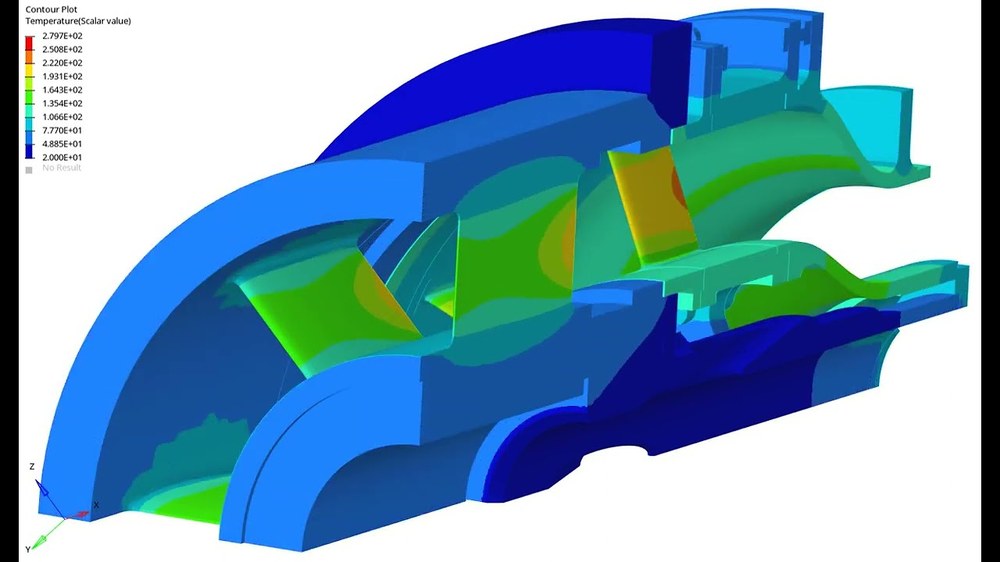Virtual Engine Platform (VirTriP) Project


AT-TWK

Your consent to the storage of data ('cookies') is required for the playback of this video on Youtube.com. You can view and change your current data storage settings at any time under privacy.
Duration: 2019-2022
In order to reduce the environmental impact of ever growing and more capacitive air transport, the European Commission and European aerospace industry committed to a significant reduction in air traffic related emissions of CO2, NOx and noise as stated in Europe’s Vision for Aviation “Flightpath 2050”. Aero engines can be seen as a key enabler for these goals. The development of new engines and their components as well as the testing of novel technologies in this context are both cost- and time-intensive and therefore pose a high risk for companies and research institutes. In order to minimise these obstacles, the effort and the duration necessary for introducing new components and technologies are to be reduced by means of complete digitalisation and virtualisation. A fully virtualised component or engine (Digital Twin) allows for tailored, cost- and time-efficient numerical analysis and assessment of contemplated modifications in the run-up to risky test campaigns on real parts and engines.
DLR is contributing to this aim with its Virtual Engine Platform (VirTriP, German abbrev.) project, where the basis for a virtual engine framework is founded on the close multidisciplinary collaboration of several DLR-institutes. Upon completion, the platform should be capable of developing, assessing and optimising aero engine components and parts in a multidisciplinary manner and with adjusted levels of detail, up to high-fidelity level. In this process, the disciplines' structural mechanics, fluid mechanics, thermodynamics and aero elastics have to be considered comprehensively as well as their respective interactions (e.g. fluid-structure-interaction) and additionally the interactions of engine components (e.g. between the combustion chamber and the turbine). All changes have to be considered in the scope of the whole engine. In a first step within the VirTriP project, the turbine is analysed at high-fidelity level while all other components of the engine remain at low-fidelity level for now. The DLR-owned turbine test facility NG-Turb in Göttingen is utilised for validation purposes. Its turbine test rig is integrated into the virtual generic engine and the measurement data from this rig will be used for comparison and adjustment. Successively, all remaining engine components will be provided at high-fidelity level, such that in the long term this platform should be able to emulate the in-service behaviour and the life cycle of a real aero engine in detail.
The DLR Institute of Structures and Design is participating in the Virtual Engine Platform by contributing its competencies in design and optimisation of aero engine structures to the whole framework. This covers all areas of engine structures from pre-design up to highly detailed multidisciplinary analysis for the entire spectrum of aero engines.
